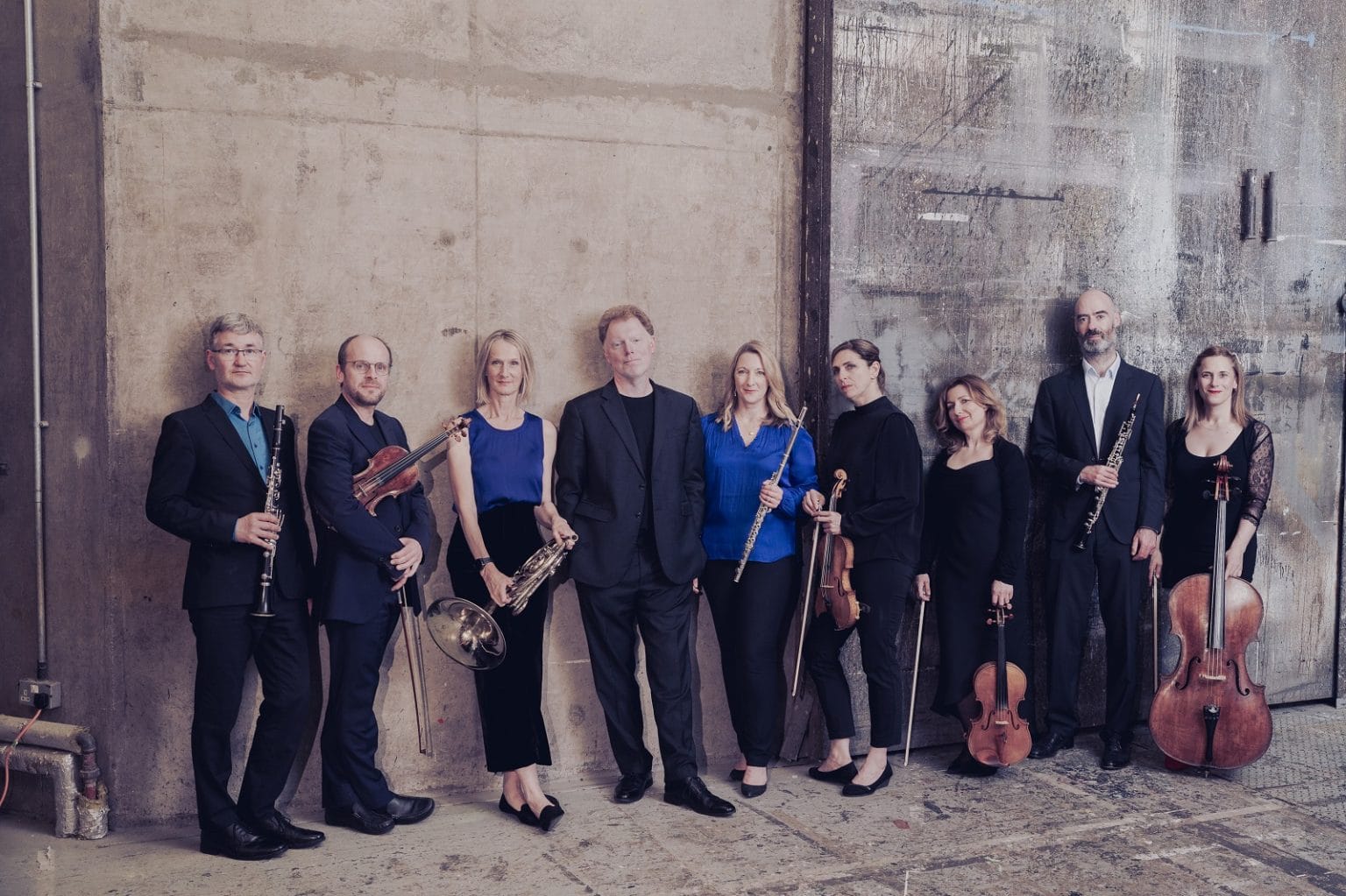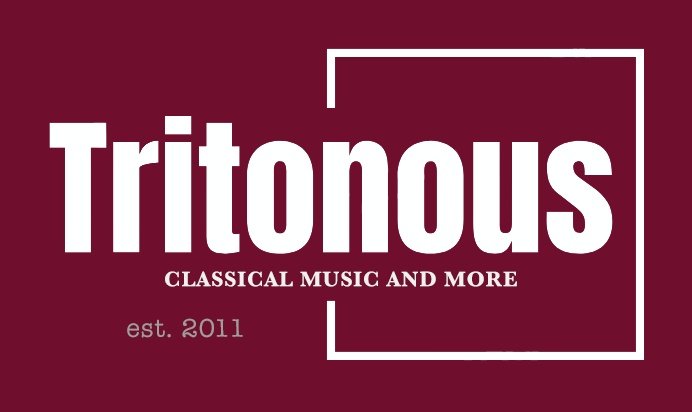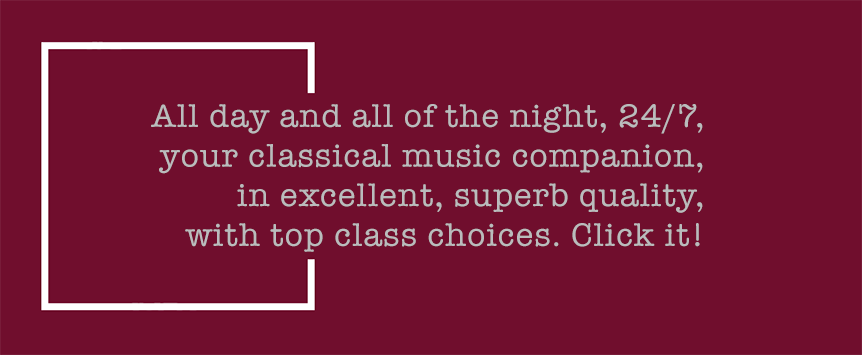
Sheffield Chamber Music Festival (II) Mother Goose Ensemble 360. Crucible Playhouse, Sheffield, 18.05.2025
Ravel Mother Goose Suite (1908/11,arr. Farrington)
Farrenc Sextet in C minor, Op. 40 (1851/2)
Duruflé Prélude récitaif et variations Op. 3 (1928)
Schumann Piano Quintet in E flat, Op. 44 (1842)
From the Modernism of Saariaho, Boulez and Nono, we move to the softer sounds of Ravel’s Ma mere de l’oye (Moher Goose) in an arrangement for chamber ensemble by Iain Farrington, 20 minutes of pure sonic deliciousness. The first movement, ‘Pavane de la Belle au bois dormant,’ was tissue delicate and beautifully blended in Ensemble 360’s performance. Farrington uses a chamber scoring of flute (doubling piccolo), oboe, clarinet, bassoon, hon, harp, percussion, wo violins, viola, cello, double-bass. Adrian Wilson’s oboe sang beautifully in ‘Petit Poucet’ (Little Tomb Thumb) before Orientalisms teasingly prevailed in ‘Laideronete, impératrice des pagodes’ (Little ugly girl, Empress of the Pagodas). It is interesting how Farrington’s arrangement mirrors Ravel’s subtlety: little things like the difference between stopped and muted horn, expertly employed by Farrington, make all the difference. There was a sese of suspended belief at times as we entered Ravel’s fantasy world. Farrington deploys the percussion appropriately. The sheer beauty of the conversation between the Beauty and the Beast was lovely, while Tim Horton’s piano glissandos enlivened the processional fo the final ‘Le jardin féerique’ (The enchanted garden).
Part of the ensemble’s anniversary celebrations is to have pieces chosen by members: the Ravel was the choice of Rachel Roberts.

Good to hear some Louise Farrenc here, the Sextet for piano and winds, Op. 40. Here, t was legerdemain that was called for from the piano. The music absolutely sparkled, and while Farrenc’s version of unrest in the development might remain eminently civilised, it provided the perfect contrast in context. Farrenc’s harmonic misdirections were beautifully realised. A defining element of the first movement was care in phrasing, something that durfaced again in the lovely, slowly-unfolding Andante sostenuto, a plateau of astonishing beauty Farrenc’s melodies ae inspired, a sort of French Harmoniemusik. The piano’s first statemen was ravishing, ceding to fine solos from Robert Plane, Adrian Wilson and Juliette Bausor (clarinet, oboe, and flute respectively). Bassoonist Flo Plane’s moment came later, as eloquent as can be. Interesting to hear tropes from earlier Harmoniemusik (Mozart, Beethoven and the like) appearing in the horn arpeggios. The finale is an Allegro vivace full of energy and magic. Horton’s palying is miraculously clean, but also characterful. Basically, this was chamber music at its very finest, interactions between musicians those of civilised conversation. Sudden unisons acted as staging posts to further explorations; wonderful piece, perfectly realised.
Here’s a version with score, performed by Sonarsix:
The second part of the concert began with Juliette Bausor’s ‘desert island piece,’ Maurice Duruflé’s Prélude, Récitaif e Variations. Written in 1928 and published in the following year, the piece was dedicated to the composer’s publisher, Jacques Durand (who died in August that year). Duruflé is not known for his chamber music, so it is good to hear this; his interest in older musics is enshrined in the choice of theme for the variations, which draws on Gregorian chant. ‘Lent et triste’ is the marking for the opening ‘Prélude’; the viola solos spoke tellingly from Roberts, while Horton tracked the writing from organ-like to impeccably pianistic to a tee. Roberts has a beautiful legato, while Bausor’s flute was the perfect final component to the mix. Duruflé scores impeccably, so all registers project without effort. The sheer warmth of the opening of the ‘Récitatif’ added an inviting aspect that then moved within itself, darkening into interior musings. The variations are fascinating, the piano variation hinting at Ravel before moving away into Duruflé’s world. The innate lyricism of the music was a joy; without a hint of the soporific, while the agile flute lines added a touch of sprightliness. Duruflé has a voice of his own, identifiably French, but unique. Juliette Bausor is correct: there are beautiful colours and dialogues here.
Here’s a version with score:
Daniel Pailthorpe (Flute) Douglas Paterson (Viola) Julian Milford (Piano)
Finally, Schumann’s E flat Piano Quintet: quite a contrast, bold, Germanic. The Ensemble 360’s reading was fascinating: on first pass, the opening could have been construed as underplayed; in fact, t seemed a deliberate ploy for its return to be even more electrifying. And there was no faulting the lyricism of this performance, lower sings (cello and viola) in perfect dialogue. Gemma Rosefield’s cello sang beautifully. The second movement is marked ‘In modo d’una Marcia’; no missing the march element here. Benjamin Nabarro’s first violin part was stunning, almost whispered, Roberts’ viola statement poignant in extremis. A real attention to the anacrusis-downbeat basis of this movement on each and every occurrence allowed the music’s onward tread to really tell. The Scherzo is high contrast, a real coming out into the light and into staaccato-driven play. Ensemble 360’s performance positively sparkled, the Trio a cushion of delights. The group found the perfect tempo for the finale (Schumann cautions ‘Allego ma non troppo,’ presumably so the accents and downbeats can really make their mark). Ensemble 360 as a unit seemed to revel in Schumann’s masterly counterpoint here, taking the music to an exciting conclusion.
A terrific set of performances; it is the Farrenc and Duruflé that will live long in the memory. But wonderful to hear Schumann’s chamber masterpiece and Ravel’s garden of magical delights.




_Rémy%20Brès-Feuillet_Yuriy%20Mynenko_©_Clemens%20Manser_G.jpg?w=670&resize=670,446&ssl=1)


